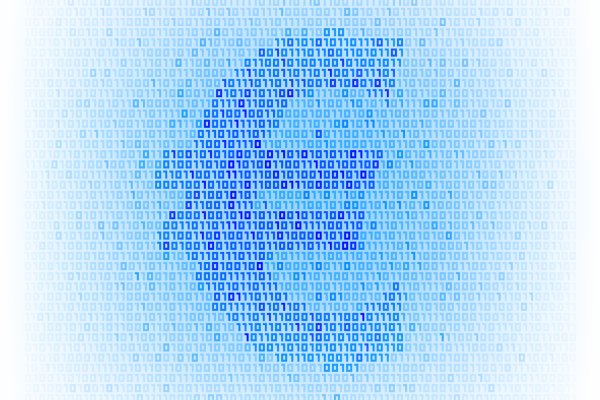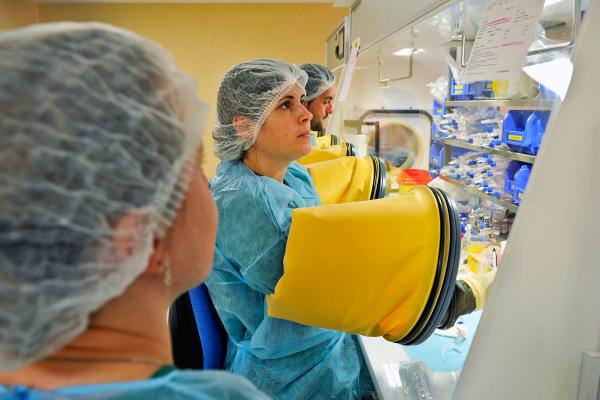
The second annual State of the Digital Decade report, published today, evaluates the EU’s progress towards the 2030 digital transition targets. The EU’s digital transition is key to making European public administrations and businesses fit for the digital age. To assist Member States in this digital transformation journey, the European Commission offers guidance to Member States to successfully advance towards jointly agreed targets.
The JRC’s work helps to lay the foundation for rigorous monitoring of the EU’s progress in the digital transition. The JRC developed methodologies to estimate the EU trajectories towards the 2030 targets and to aggregate national targets at EU level. In addition, the JRC provided data on EU public funding allocated to achieving digital targets.
A new methodology to track digital KPIs
The Digital Decade report builds on the JRC’s methodology to estimate the future evolution of key performance indicators (KPIs) established by the Digital Decade policy programme. These KPIs are defined at EU level, and it is up to Member States to declare their national strategic roadmaps for each KPI. To monitor the EU’s progress towards the KPIs as a whole, an assessment is made based on the sum of national efforts. To facilitate this process, the JRC proposed a new methodology to aggregate national data more consistently, taking into account structural differences in population, households and business ecosystem between Member States.
How much funding is allocated to Digital Decade targets?
As the 2030 milestone of the Digital Decade Policy Programme approaches, monitoring the budget allocation to each target is crucial for policymakers.
The JRC mapped how much investment from EU funding goes to projects that have a digital component, and could support the achievement of the Digital Decade targets. In addition, it mapped which targets receive the largest funding, and how Member States are allocating these funds. The analysis focuses on five key funding instruments (Recovery and Resilience Facility, Cohesion Policy, Horizon Europe, Digital Europe Programme, and Connecting Europe Facility-Digital).
Out the total €957 billion coming from the five funding instruments, €177 billion is allocated to the targets, and an additional €27 billion contributes to the general objectives of the Digital Decade.
The Recovery and Resilience Facility (RRF) is the largest contributor, with 77% of funds that could impact the targets. Italy and Spain lead the way in RRF and cohesion policy budget allocated in absolute terms, but other countries, such as Greece, Portugal, Latvia and Croatia also receive notable amounts relative to their population (Fig 1). Germany, Ireland and Austria (Fig.2) are the countries that use the largest part of their RRF funds for Digital Decade targets-related investments.
Figure 1. RRF and Cohesion Policy DD-targets relevant budget by Member State (EUR per capita)
Source: Eurostat and JRC calculations.
Administrative boundaries: © EuroGeographics. Cartography data downloaded using giscoR.
Figure 2. Share of RRF DD-targets relevant budget over total RRF budget by Member State
Source: Eurostat and JRC calculations.
Administrative boundaries: © EuroGeographics. Cartography data downloaded using giscoR.
Overall, funding instruments mainly target the digitalisation of businesses and of public services, including the basic digitalisation of SMEs (€20 billion) and the funding of innovative scale-ups (unicorns) (€19 billion).
While RRF and cohesion policy investments are mainly homogenous among Member States, some interesting specialisation patterns emerge. For example, Spain heavily invests in semiconductors (€12 billion - 81% of all EU investments in semiconductors), the Netherlands in quantum computing (€264 million), and Italy in digital skills (€7.5 billion).
Background information - policy context
The Digital Decade Policy Programme 2030 establishes concrete targets and objectives for a successful digital transformation of the EU by 2030.
The policy programme establishes an annual cooperation mechanism to monitor progress on the digital targets and objectives, and calls for the launch of multi-country projects, to channel investments and scaled efforts towards achieving the targets.
Sources
Details
- Publication date
- 2 July 2024
- Author
- Joint Research Centre
- JRC portfolios




